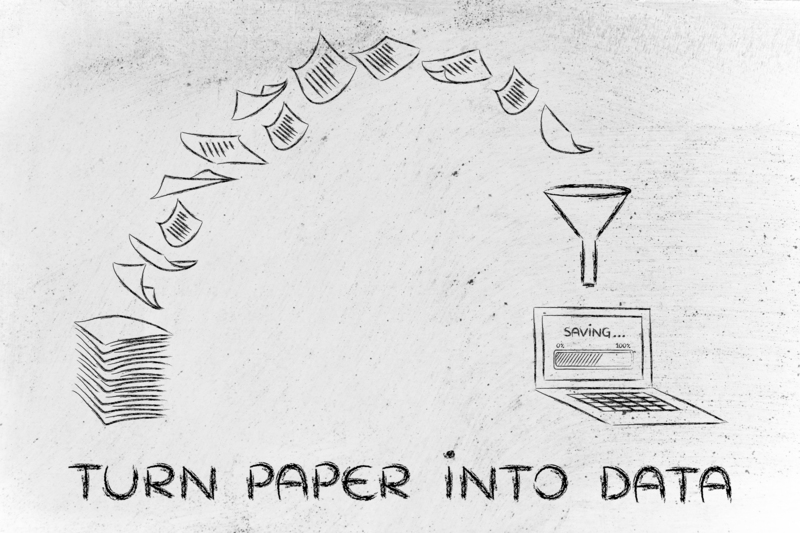In an era where environmental sustainability is more crucial than ever, the concept of reusing wood waste offers a viable solution for reducing landfill impacts. Wood waste, often seen as an inevitable byproduct of forestry and construction industries, can actually be repurposed in innovative ways that are both environmentally and economically beneficial. This article delves into various aspects of wood waste reuse, highlighting methods, benefits, and the imperative need for action.
Understanding Wood Waste and Its Sources
Before exploring ways to reduce landfill impact through wood waste reuse, it's essential to comprehend what constitutes wood waste and where it originates.
Types of Wood Waste
- Sawdust: Fine particles produced from cutting, grinding, or drilling wood.
- Wood Chips: Small pieces resulting from chipping processes often used for creating mulch or particleboard.
- Offcuts: Leftover pieces from trim work that are frequently overlooked but hold potential for repurposing.
- Demolition Debris: Wood retrieved from demolished buildings or structures which can be recycled into new products.
Each type of wood waste presents unique opportunities for reduction and reuse, offering an array of solutions for environmental management.
Primary Sources of Wood Waste
The sources of wood waste are diverse, involving multiple industries that utilize or process wood:
- Forestry: Activities such as logging and tree trimming generate significant quantities of wood waste.
- Construction: New developments and renovations are primary culprits of wood debris, including pallets and unused wood.
- Manufacturing: Factories producing wood-based goods, like furniture, often have leftover materials.
- Demolition Projects: These generate considerable wood waste that, if not managed properly, ends up in landfills.

Benefits of Reusing Wood Waste
The positive outcomes from implementing wood waste reuse strategies are multiple and far-reaching. Below are some key benefits:
Environmental Advantages
- Reduction of Landfill Mass: Diverting wood waste from landfills decreases landfill size, thus prolonging their lifespan.
- Conservation of Natural Resources: Using repurposed wood reduces the need for new timber, preserving forests and biodiversity.
- Decreased Carbon Emissions: Manufacturing with reused wood typically has a lower carbon footprint compared to processing new materials.
Economic Benefits
- Cost Savings: Businesses can save money by utilizing cheaper, recycled wood instead of purchasing new materials.
- Revenue Streams: Companies can generate additional income by selling byproducts like sawdust and wood chips.
- Job Creation: The recycling industry is increasingly labor-intensive, offering new employment opportunities.
Community and Social Impact
The effective reuse of wood waste also reflects positively on communities:
- Sustainable Building Practices: Communities that adopt waste reuse become models for green construction and environmentally friendly living.
- Education and Awareness: Public projects featuring recycled materials raise awareness about sustainability practices.
- Local Economy Boost: By incorporating recycled wood into local projects, there is often an uptick in community support and involvement.
Methods of Implementing Wood Waste Reuse
Various methods exist to repurpose wood waste, ranging from simple household projects to large-scale industrial processes.
Recycling and Repurposing
- Composite Panels: Wood waste is frequently used to create particleboard and other composite materials.
- Mulching and Composting: Sawdust and wood chips can enhance soil quality when added to compost piles or used as mulch.
- Animal Bedding: Softwoods, like pine, make excellent bedding material for livestock and pets.
Industrial Applications
- Bioenergy: Wood waste can be converted into biofuels or used in biomass power stations to generate electricity.
- Charcoal Production: Transforming wood scraps into charcoal is an effective way to reuse the material.
Innovative Approaches
Innovative uses of wood waste are constantly emerging, such as 3D printing with wood waste materials or creating artistic designs from reclaimed timber.

Challenges in Wood Waste Reuse
Despite the numerous advantages, several challenges must be addressed to make wood waste reuse more widespread:
Contamination Issues
Wood waste may often be contaminated with substances like paint, adhesives, or nails, requiring additional processing before reuse. Effective sorting and cleaning techniques are necessary to overcome these challenges.
Cost and Availability
While cost savings are a benefit, initial investments in the technology and infrastructure for wood waste recycling can be prohibitive for some companies, particularly startups.
Regulatory Hurdles
Compliance with environmental regulations can sometimes complicate the recycling process, mandating specific approaches to waste management.
Conclusion: A Path Forward
The potential to significantly reduce landfill impact through the strategic reuse of wood waste is undeniable. As industries, communities, and households recognize the numerous benefits, the transition towards sustainability becomes more achievable. By tackling existing challenges and continuing to innovate, we can pave the way for a future where wood waste is seen as a valuable resource rather than a mere byproduct.
Promoting the reuse of wood waste not only lessens environmental strain but also fosters economic growth, community well-being, and a sustainable approach to resource management. Together, these effects contribute to a healthier planet for future generations.